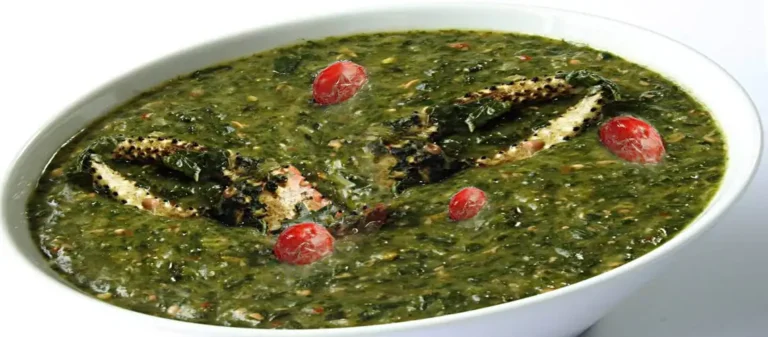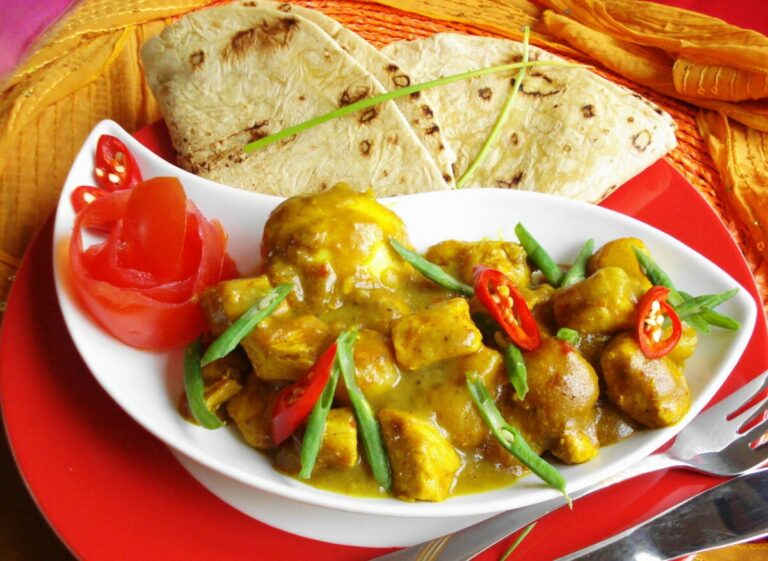Introduction: Why is Roti Important in Trinidad and Tobago?
Roti is a quintessential Caribbean dish that has become an intrinsic part of Trinidad and Tobago’s cuisine. It is a versatile and delicious flatbread that is enjoyed by people of all ethnic and religious backgrounds. The dish has become so popular that it is now considered to be the national food of Trinidad and Tobago. Roti is not just a meal, it is an experience, and its popularity is a testament to the rich cultural tapestry of the Caribbean.
The Origins of Roti and its Cultural Significance
Roti originated in India and was brought to Trinidad and Tobago by indentured laborers in the 19th century. Since then, the dish has evolved and adapted to the local ingredients and tastes, resulting in a unique Trinidadian version of this classic Indian dish. In Trinidad and Tobago, roti has become more than just a food item; it is a symbol of the country’s cultural diversity and history. The dish is a fusion of East and West, Indian and African, and it reflects the melting pot of cultures that make up Trinidadian society.
Types of Roti in Trinidad and Tobago Cuisine
Trinidad and Tobago’s roti is made with flour, water, and a bit of oil, seasoned with a variety of spices. The most popular filling for roti is curried chicken, but other fillings include beef, shrimp, and vegetables. There are several types of roti in Trinidad and Tobago cuisine, including dhalpuri, paratha, and buss-up-shot. Dhalpuri is a roti filled with ground split peas and spices, while paratha is a layered roti that is flakier and more buttery than the regular roti. Buss-up-shot is a shredded roti that is used to scoop up the curried filling.
The Role of Roti in Trinidadian Festivals and Celebrations
Roti is an essential part of Trinidadian festivals and celebrations. It is a popular street food during Carnival and is often sold from food trucks and stalls. During the Hindu festival of Diwali, roti is prepared as an offering to the gods. The dish is also a staple at weddings, birthdays, and other social events. Roti is more than just a meal; it is a communal experience that brings people together.
Roti as a Symbol of National Identity and Unity
Roti has become a symbol of Trinidadian identity and unity. The dish is enjoyed by people of all races and religions, and it represents the cultural fusion that has taken place in Trinidad and Tobago over the years. Roti is a reminder of the country’s past and the struggles of its ancestors, but it is also a celebration of its diversity and unity.
Conclusion: Roti’s Enduring Legacy in Trinidadian Cuisine
Roti has become an integral part of Trinidadian cuisine and culture. It is a dish that has evolved over time and has become a symbol of the country’s rich history and diverse cultural heritage. Trinidad and Tobago’s roti is more than just a food item; it is a communal experience that brings people together. Its enduring legacy is a testament to the resilience and creativity of the Trinidadian people.



